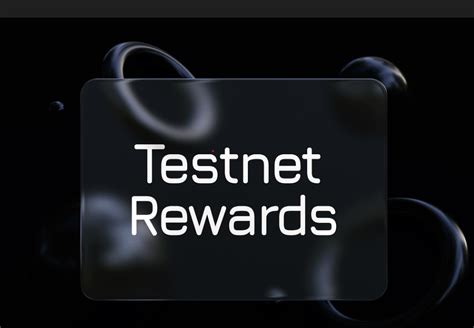Testnets: Importance In Crypto Development
The crucial role of testnets in the development of cryptocurrencies
In the world of cryptocurrency, a testnet is a virtual environment that imitates real blockchain networks. It is a crucial component of the development process, allowing developers to test and refine their cryptocurrency projects before launching them on live exchanges. In this article, we will immerse ourselves on the importance of reference tests in the development of cryptocurrencies.
What is a testnet?
A Testnet is a virtual copy of a real world blockchain network. It is created using a modified version of the underlying protocol, allowing developers to test and experience new features, test hypotheses and identify potential problems before deploying them on a blockchain of production. Testnets are generally hosted on decentralized networks like Ethereum or Polkadot, where users can interact with the network without spending the cryptocurrency of the real world.
Why are time tests important?
Testnet plays a vital role in several aspects of the development of cryptocurrencies:
- Test and debug : Testnet allow developers to test their cryptocurrency projects before launching them on live exchanges. By interacting with the testnet, they can identify and correct the bugs, validate the functionality and ensure that the project is stable.
- Security test : Tests of time provide a safe environment for developers to test security vulnerabilities without risking real financial loss. They can carry out exhaustive security tests, such as stress tests, denial service attacks (back) and network congestion, to identify potential weaknesses.
- Data collection and experience : Testnets allows developers to collect information on user behavior, transaction models and market dynamics. These data can shed light on future development decisions, optimize the protocol and create new features.
- Pilot programs : Testnets allow the creation of pilot programs or proof of concepts (POC) for cryptocurrency projects. These pilots can be used to test specific use cases, such as loans, return agriculture or decentralized finance (DEFI).
- Comments and adoptions of the community : Table tests provide a platform for comments and the adoption of the community. Developers can collect user information, collect data on market trends and adjust the project accordingly.
- Compliance and regulation test : In some jurisdictions, network tests are required to comply with regulatory requirements or comply with specific standards. They help developers to demonstrate compliance and strengthen the confidence of regulators.
Examples of the real world
Several prominent cryptocurrency projects have used reception tests to improve their development processes:
- Ethereum (ETH) : The Ethereum team uses reception tests to validate new features, such as upgrades of intelligent contracts, development and decentralized autonomous organizations (DAO).
- POLKADOT (DOT) : Polkadot developers use a modified version of the Kusama Testnet to test its different components, including the Parachain network and decentralized applications.
- Binance Smart Chain (BSC)

: Binance uses a test test called “smart chain” to test new features, such as implementation, loans and challenge integrations.
Conclusion
Time tests are an essential element in the development of cryptocurrencies, offering many advantages to project developers. Using time tests, developers can ensure the quality, safety and reliability of their projects before launching them on live exchanges. While the cryptocurrency space continues to grow and evolve, understanding the role of time tests is crucial to succeed in this new fascinating border.
Best practices for using testnet
To make the most of your test:
- Start small : Start with a minimal viable product (MVP) or proof of concept.
- Deep test : Perform in -depth tests, including safety, performance and scalability assessments.
3 and 3
